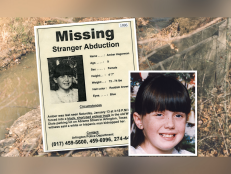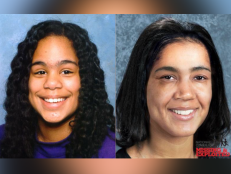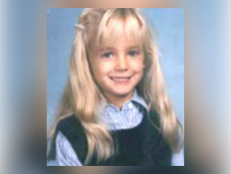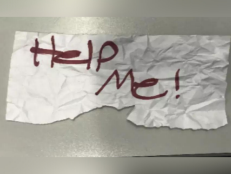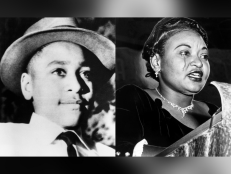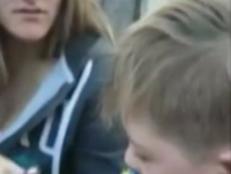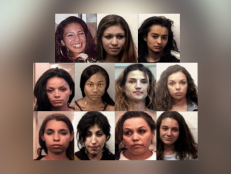Arizona Police ID ‘Little Miss Nobody’ Found Dead In Desert In 1960
More than six decades after the body of a child was found in the Arizona desert, police have confirmed her identity through forensic genealogy.
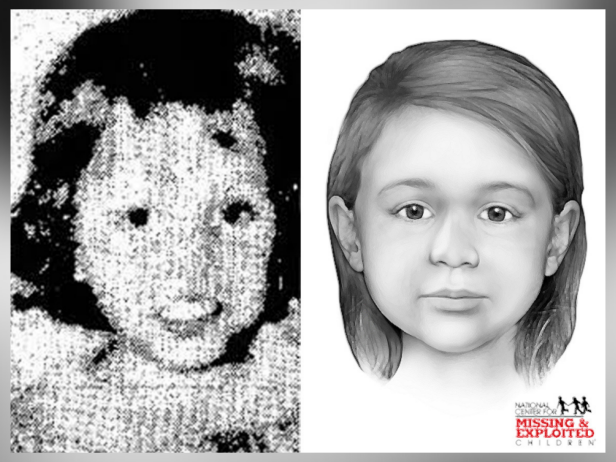
NCMEC

The authorities who were summoned to a horrifying scene outside Congress, Arizona, on July 31, 1960, had few clues about the identity of the child lying dead under the hot summer sun.
She had brown hair and her fingernails were painted red. She didn’t have any obvious injuries. Her partially buried body had a few footprints around it, and police found a pocket knife nearby. There was also a pair of men’s flip flops with the child’s body, but they’d been cut down to her size. She had been found by a teacher from Las Vegas who was visiting the desert with family.
Missed Connections
400 miles away, in Alamogordo, New Mexico, four-year-old Sharon Lee Gallegos was abducted from her grandmother’s home.
Gallegos had been playing outside her grandmother’s house when she was reportedly forced into a dark green sedan on July 21, 1960. According to Arizona Central, the car was occupied by a man and woman and a boy with freckles. There had also been a woman asking about Gallegos around the neighborhood and church.
Police in Arizona had heard about the missing girl in New Mexico, but they reportedly believed their Jane Doe—given the nickname “Little Miss Nobody”—was seven years old, not four. Because of the assumed age discrepancy, investigators at first dismissed the idea that Little Miss Nobody was Gallegos, especially given the 400-mile distance between Congress and Alamogordo.
When nobody came forward to claim the child’s body, locals pooled their money to give her a proper burial in a Prescott, Arizona cemetery. According to reports, more than 70 people attended the child’s funeral, and a stark white marker reading “Little Miss Nobody, Blessed are the pure in heart, St. Matthew 5:8, 1960” was placed at the head of her grave.
Finding The Answers
The case grew cold, though it was periodically reexamined through the years to see if it could be linked to the Gallegos case. In 2018, the Yavapai County Sheriff’s Office released a sketch of what Little Miss Nobody may have looked like prior to her death. That sketch was based on a DNA profile obtained by exhuming the body and conducting DNA testing at the University of North Texas Center for Human Identification.
With a DNA profile, Gallegos’s surviving family members were able to then submit their own DNA samples for comparison, but the technology in 2018 still wasn’t advanced enough to link the family to the body.
In late 2021, Othram, a Texas-based forensic genealogy lab reached out to authorities to offer their assistance. That testing, which was paid for in part by crowdfunding, positively identified the body as Gallegos in late February 2022.
Othram’s technology has been able to solve a number of other cold cases, including identifying the suspect in a Washington murder via DNA found on a cigarette butt at the crime scene.
